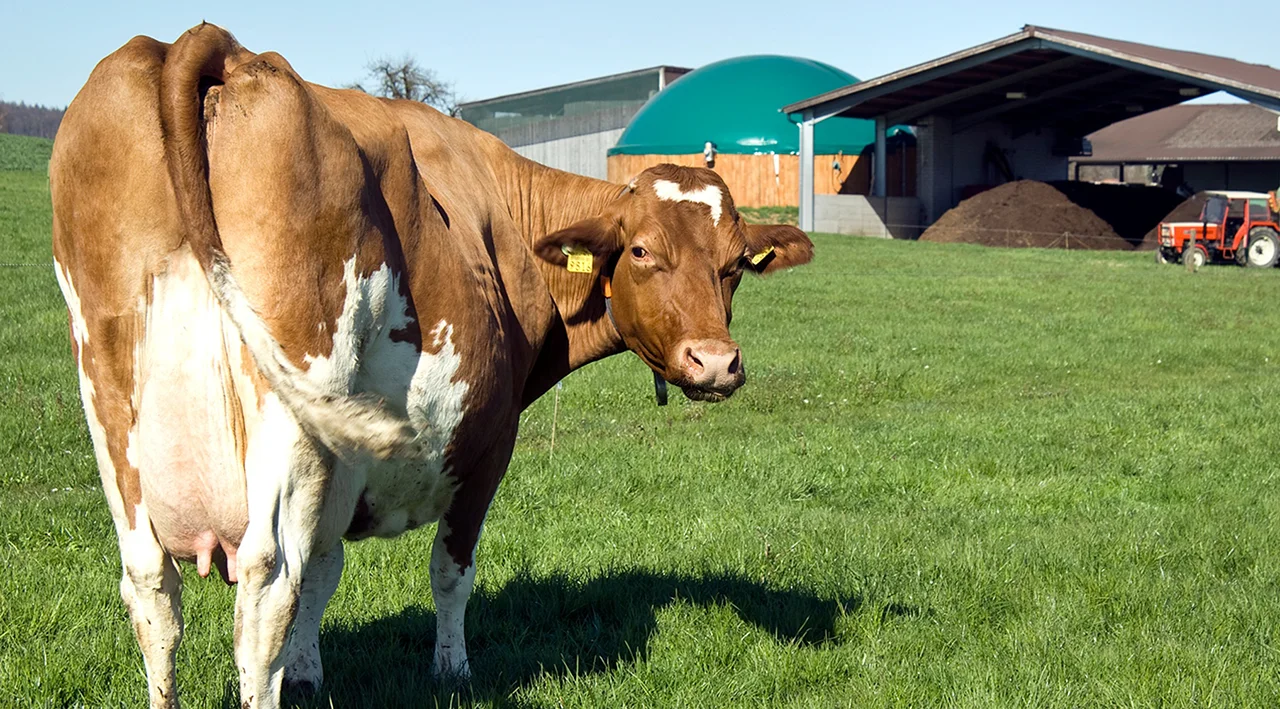Methane, a greenhouse gas far more potent than carbon dioxide, is surging in atmospheric concentrations, posing a significant threat to global climate stability. While its atmospheric lifespan is shorter than CO₂, its immediate heat-trapping capacity makes rapid methane reduction a critical strategy for mitigating near-term climate change. Recent research has meticulously identified key agricultural sources of methane and outlined effective mitigation measures, offering a pathway to swift and substantial reductions.
The Critical Role of Targeted Interventions in Methane Hotspots
Advances in measurement technology have enabled precise identification of methane emission hotspots, facilitating targeted interventions. Three primary areas stand out: biogas plants, manure management, and crop waste burning. Biogas plants, while intended to convert organic waste into energy, often leak significant amounts of methane, with studies showing average losses of 5.2% of production, and variability between 1.4% and 12.7%. These leaks, however, present a readily addressable opportunity for substantial emission reductions through improved monitoring and optimization. Manure storage, particularly in silos, serves as another major source due to the anaerobic conditions conducive to methane-producing bacteria. Implementing tighter coverings, gas capture systems, solid-liquid separation, or acidification can significantly curb these emissions. Finally, the widespread practice of crop waste burning, prevalent in regions like India, Southeast Asia, and Sub-Saharan Africa, releases substantial methane and contributes to severe air pollution, linked to an estimated 43,000 annual deaths. Repurposing these residues for animal feed, biogas production, or composting offers a sustainable alternative.
Addressing Methane Emissions from Rice Cultivation and Livestock Farming
Rice cultivation, particularly in tropical regions, contributes significantly to global methane emissions, estimated at 29 million tonnes annually. Implementing improved water management techniques, removing straw during the off-season, and converting straw into biochar can reduce these emissions by 22% to 28%. Livestock farming, another major methane source, primarily through enteric fermentation in ruminants, can be mitigated through enhanced animal health and productivity, reducing the number of animals required for food production. Furthermore, selective breeding for low-methane-emitting cattle and the use of feed additives can further decrease emissions.
The Potential for Substantial Global Methane Reductions
While precisely quantifying the global impact of these mitigation measures is challenging, estimates suggest significant potential. Improvements in biogas plants and livestock management alone could prevent 30 to 40 million tonnes of methane emissions annually. Further reductions of up to 30 million tonnes per year can be achieved through enhanced crop waste management, reduced burning, and improved rice cultivation practices. Collectively, these strategies could lead to a total reduction of up to 60 million tonnes per year by 2050.
Beyond Emission Reduction: Methane Capture and Dietary Shifts
In addition to reducing emissions, methane destruction through oxidation to CO₂, a less potent greenhouse gas, offers a viable strategy, particularly in confined environments like cattle sheds. Capturing methane from landfills for electricity generation, especially in tropical regions, provides another avenue for mitigation, complementing solar energy production. Moreover, dietary shifts towards balanced diets that align with nutritional needs can lower per capita food consumption, reducing agricultural production and organic waste sent to landfills.
A Comprehensive Strategy for Methane Mitigation
The availability of cost-effective measurement methods has facilitated the identification of methane emission hotspots, enabling targeted interventions. Key strategies include:
- Optimizing biogas plants and manure storage: Fixing leaks to minimize emissions.
Eliminating crop waste burning: Significantly reducing emissions and improving public health. - Enhancing rice cultivation practices: Implementing better water management, tillage techniques, and waste handling.
- Improving livestock management: Enhancing animal health and breeding low-methane-emitting animals.
- Promoting dietary shifts and methane capture technologies: Further curbing emissions.
Implementing these multifaceted strategies is crucial for significantly reducing methane emissions, contributing to climate change mitigation, and fostering healthier ecosystems and communities worldwide.



